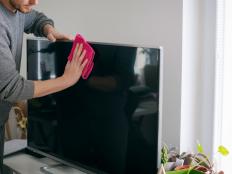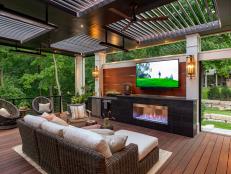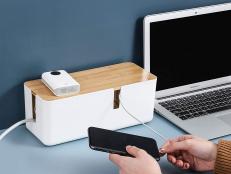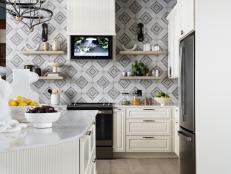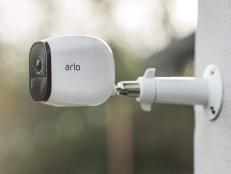What Is Home Automation?

Eric Perry
If you're a new homeowner or someone who's looking to make improvements to your current home, you may be looking for an answer to the question "What is home automation?" Put simply, home automation refers to any number of automated ways that the systems present in your home—from lighting to security to outdoor sprinklers—can be configured to run automatically, and in some cases, even controlled remotely via the internet from anywhere on the planet.
The Smart Home of the Future
See All PhotosHome automation systems integrate electrical devices with one another. The systems controlled through home automation are sometimes connected to the home's computer network, letting homeowners control them remotely from their computers or mobile devices.
The main system categories controlled by home automation are lighting, security, HVAC and outdoor sprinkler systems, although there are many other uses for home automation, including pet feeding and the use of robotic interior cleaning and exterior landscaping devices.
Systems that control lighting often operate on a timer, so that some or all house lighting turns on or off at pre-set times. The greatest benefit of lighting automation is energy and cost savings, but automated lighting may also be viewed as a security benefit, since a well-lit house may be less of a target for criminals. Automated home lighting systems require a connection to the home's electrical grid; they may be controlled remotely or via in-home controls. A fully integrated lighting control system connected to a whole-house automation system can be very expensive, whereas a standalone system provides a more budget-conscious option.
Widely available and relatively affordable, home security systems can be integrated with an existing whole-house automation system, or they can operate independently. They offer varying levels of complexity, from simple detectors that monitor door and window security to complex combinations of motion detectors, closed-circuit and online cameras and even facial recognition technology.
Your home's HVAC features can also be controlled via home automation, often with significant energy-saving benefits. Homeowners can regulate the heating and cooling in their entire homes or in individual rooms or zones, and create a temperature calendar and schedule based on everything from weather predictions to an upcoming visit from a Great Aunt who likes it particularly toasty in the guest room.
Outdoor sprinkler systems are also often offered as part of home automation and control, as they eliminate the need for unsightly and ineffective standalone sprinklers or time-consuming manual hose watering. They can even be adjusted to respond to weather changes automatically, ensuring more watering during dry stretches and shutting down to conserve water during periods of rainfall.
Home automation and control systems offer tremendous benefits of convenience, cost and time savings. Depending on your budget and the needs of your home, an integrated whole-house automation system or a series of standalone systems may be the right choice. Regardless of which approach you choose, it's likely you'll see immediate returns both economically and in terms of increased free time.
See Also: How to Plan a Home Control System













